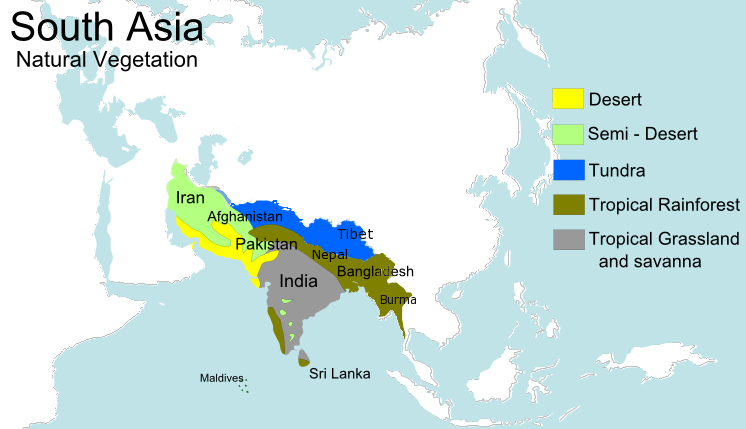Quite a few islands around the world are very large, and many of them are countries. Australia is technically an island because it is unconnected to any other body of land, but it is more commonly considered a continental landmass. Of the seven continents, Australia is the smallest, at 2,969,976 square miles, or 7,692,202 square kilometers. However, if considered an island, it is the largest in the world.
Here are the ten largest (non-Australia) islands, based on land mass:

New Guinea (317,150 sq miles/821,400 sq km)
As a result of rainfall exceeding 300 inches a year, New Guinea’s Fly-Digul shelf and bordering highlands are among the wettest places on Earth—and one of the least-inhabited.

Borneo (288,869 sq miles/748,168 sq km)
Covered in dense rainforest, Borneo boasts some of the world’s most diverse flora and fauna, including the monster flower (Rafflesia arnoldii), the largest in the world.

Madagascar (226,756 sq miles/587,295 sq km)
Located just 250 miles off the coast of Africa, Madagascar is home to some very unique wildlife, including nearly 40 species of lemurs (in fact all lemur species are native to Madagascar) and 800 species of butterflies.

Baffin (195,928 sq miles/507,451 sq km)
The largest island in Canada, located in the northern Canadian territory of Nunavut, Baffin was named for William Baffin, a 17th-century English navigator. It is uninhabited aside from a few small coastal villages.

Sumatra (171,069 sq miles/443,066 sq km)
The second largest of the Greater Sunda Islands of the Malay Archipelago, Sumatra’s three national parks—Mount Leuser, Kerinci Seblat, and Bukit Barisan Selatan—were collectively designated a UNESCO World Heritage site in 2004.

Honshu (87,992 sq miles/227,898 sq km)
The largest of Japan’s four primary islands, Honshu contains the nation’s highest mountain, Mount Fuji, and largest lake, Lake Biwa.

Victoria Island (83,896 sq miles/217,291 sq km)
This body, located in the Canadian Arctic Archipelago, holds the distinction of containing the world’s largest island within an island within an island.

Great Britain (80,823 sq miles/209,331 sq km)
Great Britain comprises England, Scotland, and Wales. It is part of the United Kingdom, which also includes Northern Ireland and several smaller offshore islands.

Ellesmere (75,767 sq miles/196,236 sq km)
Named in 1852 for Francis Egerton, 1st earl of Ellesmere, this desolate island, located in the Canadian Arctic Archipelago, is believed to have been visited by Vikings in the 10th century.










